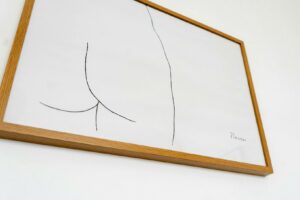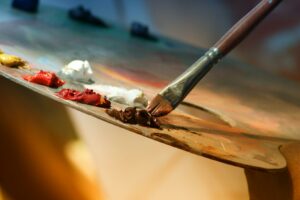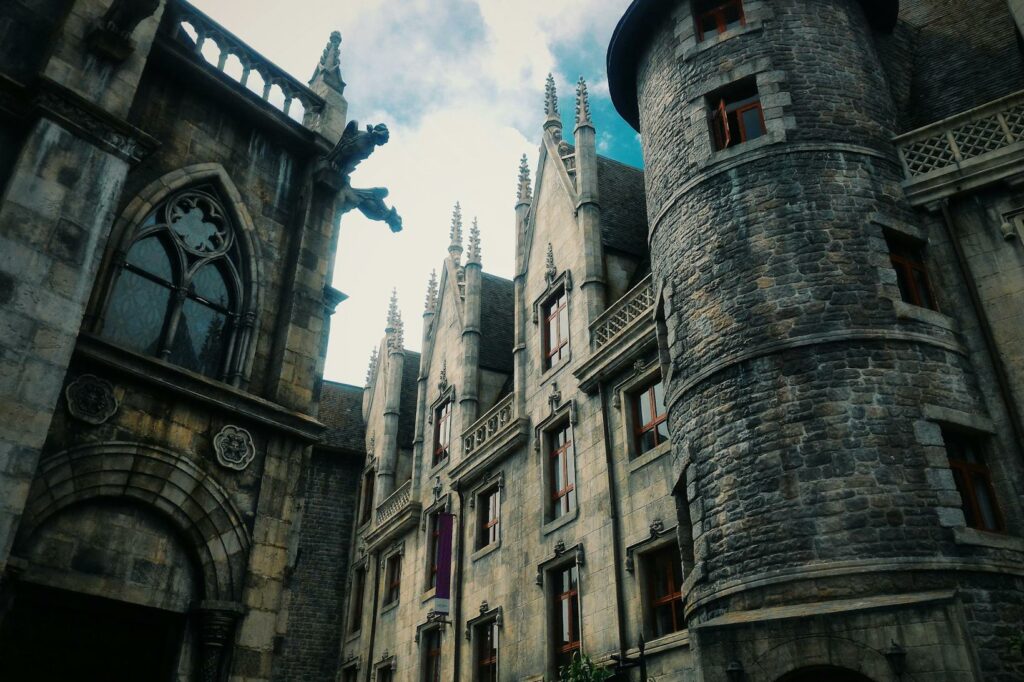In the world of art, the history of modern art stands as a testament to the ever-evolving nature of creativity and expression. From the revolutionary movements of the late 19th century to the diverse forms of contemporary art today, the journey of modern art is a rich tapestry of innovation and influence. Artists like Picasso, Duchamp, and Warhol have left an indelible mark on the art world, challenging conventions and redefining the boundaries of artistic expression.
History Of Modern Art
 Exploring the evolution of modern art unveils a dynamic shift in artistic paradigms and creative expressions from the late 19th century to the present day. Influential artists such as Picasso, Duchamp, and Warhol have played pivotal roles in challenging traditional artistic norms and shaping the trajectory of modern art movements.
Exploring the evolution of modern art unveils a dynamic shift in artistic paradigms and creative expressions from the late 19th century to the present day. Influential artists such as Picasso, Duchamp, and Warhol have played pivotal roles in challenging traditional artistic norms and shaping the trajectory of modern art movements.
- Innovative Techniques: Modern art emerged as a response to the changing landscape of the industrialized world, incorporating innovative techniques and unconventional materials to push the boundaries of artistic creation. Artists experimented with new forms, styles, and mediums, revolutionizing the way art was perceived and experienced.
- Breaking Conventions: Picasso’s cubist masterpieces, Duchamp’s readymades, and Warhol’s pop art revolutionized the art world by defying conventional norms and introducing avant-garde concepts that sparked debates and controversies. These artists shattered preconceived notions of artistry, paving the way for artistic experimentation and freedom of expression.
- Cultural Impact: The evolution of modern art has had a profound impact on cultural, social, and political contexts, reflecting the changing values and ideologies of society. Art became a powerful medium for expressing dissent, challenging authority, and reflecting the diverse perspectives of contemporary life.
- Artistic Revolution: Modern art movements such as Fauvism, Dadaism, Surrealism, and Abstract Expressionism symbolize a radical departure from traditional artistic styles, embracing new forms of visual representation and conceptual frameworks. These movements fostered creativity, individuality, and innovation in the art world.
- Legacy of Modern Art: The legacy of modern art continues to inspire artists and audiences worldwide, influencing contemporary art practices and shaping cultural discourses. By pushing boundaries, questioning norms, and redefining artistic possibilities, modern art has established itself as a transformative force in the realm of creativity and human expression.
Key Figures in Modern Art
Exploring the key figures in modern art sheds light on the individuals who revolutionized artistic expressions and paved the way for contemporary art movements.
Influential Artists
- Pablo Picasso: Known for co-founding the Cubist movement, Picasso’s avant-garde approach to art challenged traditional perspectives and influenced generations of artists.

- Marcel Duchamp: Renowned for his controversial readymades, Duchamp pushed the boundaries of conventional art and questioned the very definition of art itself.
- Andy Warhol: A leading figure in the pop art movement, Warhol’s unique blend of consumer culture and art redefined the concept of mass production and celebrity.
Impact of Modern Art
Modern art has had a profound impact on society, challenging conventional perspectives and pushing the boundaries of artistic expression. It has revolutionized the way people perceive art, influencing not only the art world but also various aspects of contemporary culture. The transformative power of modern art can be seen in its ability to provoke thought, evoke emotions, and spark meaningful conversations.
 The impact of modern art extends beyond galleries and museums, shaping social movements, politics, and even technology. Artists like Picasso, Duchamp, and Warhol have inspired generations to think differently and embrace creativity in all its forms. Through movements like Fauvism, Dadaism, Surrealism, and Abstract Expressionism, modern art has redefined beauty, challenged societal norms, and fostered a spirit of innovation.
The impact of modern art extends beyond galleries and museums, shaping social movements, politics, and even technology. Artists like Picasso, Duchamp, and Warhol have inspired generations to think differently and embrace creativity in all its forms. Through movements like Fauvism, Dadaism, Surrealism, and Abstract Expressionism, modern art has redefined beauty, challenged societal norms, and fostered a spirit of innovation.
Furthermore, the legacy of modern art continues to reverberate in today’s society, with contemporary artists drawing inspiration from the pioneers of the past. By breaking away from traditional artistic conventions, modern art has opened doors for experimentation and diversity in creative expression. Its influence can be seen in street art, digital media, and interdisciplinary collaborations, showcasing the enduring impact of a movement that dared to defy the status quo.
The impact of modern art transcends mere aesthetics; it represents a profound shift in how we view the world and ourselves. By challenging preconceived notions and embracing unconventional approaches, modern art continues to shape our cultural landscape and redefine the very essence of creativity.



